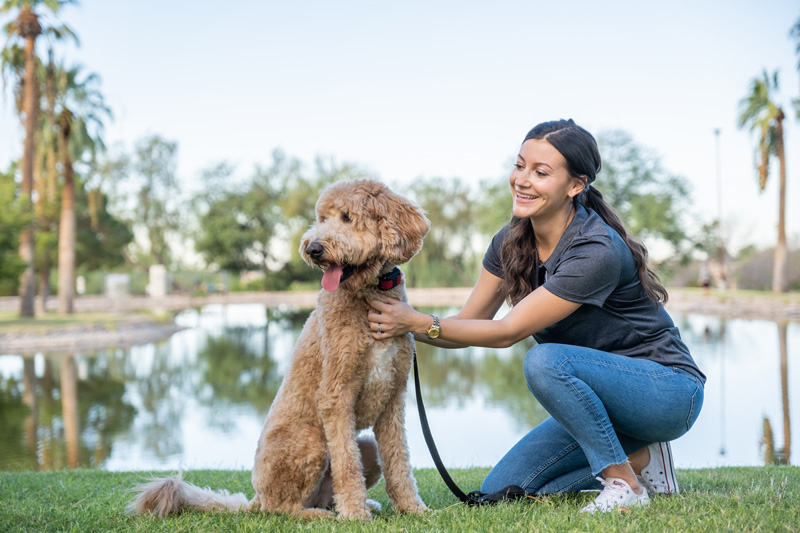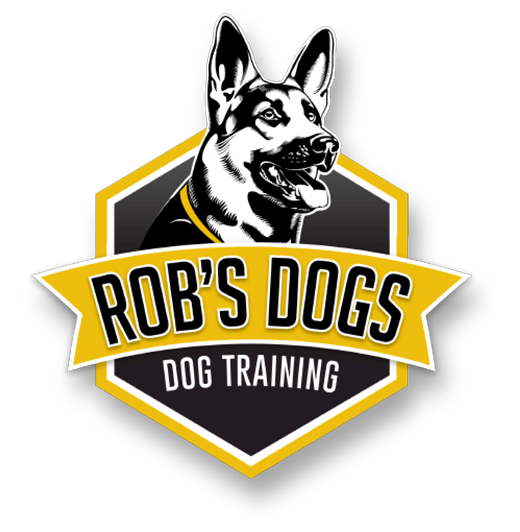A Love for Dogs, A Passion for Training
Electronic Collar Training

This section is to help you understand how an e-collar is used, and how it should NOT be used. Since the beginning, e-collars have had a bad reputation from some dog owners and uneducated trainers, and sometimes for good reason. Any training tool can be misused in the hands of an uneducated, inexperienced dog handler, especially an e-collar. I get calls all the time from people who say that e-collars don’t work on their dog because they purchased one, put it around their dog’s neck and then zapped them as punishment for a bad behavior. They say their dog did the opposite of what they wanted with the e-collar on, or they say it made them timid and fearful. Or they have seen someone or been to a different trainer who put it around their dog’s neck day one and started using it to stop unwanted behaviors, thus making the dog confused.
Well, doing those things is the last thing you ever want to do when introducing your dog to an e-collar. Let me explain to you our training method when training a dog with an e-collar.
When to Use an E-Collar
We want our dogs to enjoy training and want to listen because what we offer is way better than any distraction out there. But at the same time dogs can get distracted and not hear us when we call them, or they may not want to listen if something more desirable is around such as a cat or bird. So something is needed to solve those issues. This is where an e-collar comes in handy.
My goal is to get dogs trained to a level where they listen to commands consistently off a leash. That way they can enjoy running around, going hiking, go to the lake, camping, etc. But being stuck on a leash makes it very hard for them to enjoy themselves. Seeing a dog tied to a tree while their family is at the park really does make me sad. But an e-collar can make it to where your pup has the option to be off a leash, and if the pup gets distracted the e-collar is there as a tool to get your pups attention long enough for them to hear your commands.
How to Introduce E-Collar Training
The first step is we teach the dog some basic obedience commands like sit, down, stay, heel (walk by your side) and come when called. Along with that we teach your dog how leash pressure works. Teaching a dog leash pressure means training your dog to follow the direction the leash is pulled. For instance, naturally a dog wants to pull against the leash, a brand new puppy usually pulls away when you pull toward you. It’s kind of the same concept as if someone were to push you on your shoulder, you would lean into the push, not away. It’s not a natural thing to be on a leash, so what we have to do is teach the dog that when we pull toward us they need to come, when we pull up they need to sit, when we pull down they to lie down. Once they start to consistently understand the difference and go the direction the leash is pulled, then you know they understand leash pressure.
After your pup has learned the leash pressure 100 percent then we introduce the e-collar on the lowest level possible.
What we do is set the electronic collar on the lowest stimulation level, if we tap the button and they don’t feel it, then we turn it up on notch and see if they feel it on the new level, if they don’t then we turn it up one notch at a time until they notice it. Once they do we reward them with food and lots of praise. Usually when a dog feels it for the first time on the lowest level possible they just look around to see if it’s a bug or something on their neck. That’s the kind of reaction you want, you do NOT want them to be fearful or nervous.
Once we figure out what level of stimulation they feel, then we incorporate the e-collar with the leash. When we want them to sit we tap the button first, then at the same time, give the verbal command “sit” and pull up on the leash. When we call them to us we tap the button, then at the same time pull the leash toward us, and give the command “come.” Every time your pup does a command they get lots of praise and food rewards or toys. What starts to happen is your dog will feel the e-collar stimulation, then look to you to see what command you are going to tell them to do. That is exactly what we want. Some dog owners or trainers turn the level up way too high and end up scaring the dog and making them confused, or they use the remote training collar way too soon before the poor dog even knows what is going on or what the commands are.
Once the dog has been slowly conditioned to the remote training collar and understands what it means when they feel the stimulation, then we start weaning them off the leash until it doesn’t need to be there anymore. We put them in different situations and see what level is needing to get their attention. A small distraction will require a small level of stimulation, however a much bigger distraction would require a higher level. Imagine trying to get your friend’s attention while they are not distracted vs when they are very distracted! It’s the same for your dog. Once your dog has a well understanding of how the e-collar works and what it is then we can use it to correct undesirable behaviors. Doing so requires your dog know what what they are not supposed to do and introducing the e-collar at low levels and slowing (and fairly) turning up the stimulation until they avoid the bad behavior that is causing the stimulation. Your dog would have plenty of chances to stop the behavior at a level that feels like a tickle way before the e-collar stimulation ever becomes even remotely uncomfortable. Once your dog has gone through our off leash program they can enjoy freedom to run, play, and explore! Don’t believe me that dogs love the benefits of e-collar training? Check out the 50+ videos on our Instagram page of dogs that have gone thru our programs! Or read the 200+ combined google/Yelp reviews.
Experience the Difference of Having a Professional Dog Trainer
I hope you have found this information useful, and if you’d like the help of a professional trainer, please don’t hesitate to call to set up a time for a free training evaluation. Our professional dog trainers will work with you to determine what your training goals are and how long it would take to get your pup there!
Schedule Your Evaluation Today!
